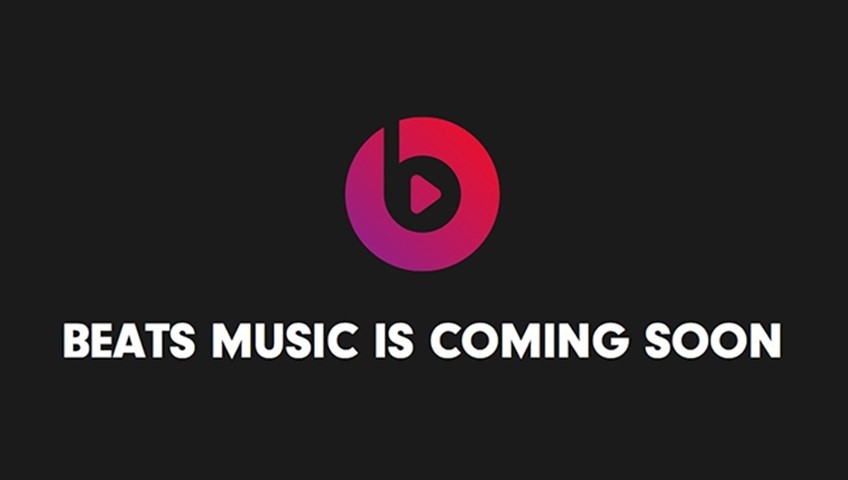
Apple iTunes music sales down, so what next for Beats Music?
Taylor Swift fans who pre-ordered her latest album 1989 are waking up today to a notification from Apple that it’s available to download from iTunes – the latest high-profile album to shun streaming services like Spotify in favour of Apple’s music downloads store.
That puts Swift in the company of big artists including Beyoncé, Coldplay and U2 in 2014 so far, showing iTunes’ continued clout within the music industry. But the rise of streaming may be eroding that status faster than Apple or its label partners had expected.
The Wall Street Journal is responsible for the latest claim on that score, reporting that music sales on the iTunes store “have fallen 13% to 14% world-wide since the start of the year”, representing a much faster decline than in 2013.
Although the statistic is startling, the trend is no surprise within the music industry. Earlier in October, figures released by Nielsen – the company that tracks music sales in the US – revealed that download sales had fallen 12.9% there in the first nine months of 2014.
Meanwhile, music industry analyst Mark Mulligan of Midia Research published a report in August claiming that 30% of consumers are now streaming music; that 23% of those people used to buy more than one album a month but no longer do so; and that 45% of all music downloaders are also now music streamers.
Spotify and its rivals are expanding rapidly globally and signing up new users – Spotify went from 24 million active users in March 2013 to 40 million by May 2014, and 50m now according to multiple sources within labels – with many of their early adopters being exactly the kind of people who used to spend money within iTunes.
In the UK, the 10.2 billion songs streamed in the first nine months of 2014 was nearly double the 5.4 billion streamed in the same period in 2013, with 300 million tracks now streamed every week – a reflection of the format’s growing popularity.
A decline in iTunes music sales is no surprise, then, and the impact is being felt beyond Apple’s iTunes store.
Mobile app Shazam, for example, has seen the number of songs bought by its users every day fall from 1m in March 2013 to 400,000 in September 2014, even though the app’s number of active users has risen from 60 million in May 2013 to 100 million in August 2014.
Apple is already looking beyond downloads, having bought Beats Electronics – including its Beats Music streaming service – for $3bn earlier in 2014. The Wall Street Journal claims that Beats Music will be relaunched in 2015 “as part of iTunes”, backing up a previous report by TechCrunch.
Simply preloading Beats Music on every iOS device with a lengthy free trial would present a major challenge to rival services, but Apple may also use price as a weapon, if recent reports that the company is negotiating with labels and publishers to halve Beats Music’s monthly subscription cost to $5.
At a time when some musicians are complaining about the royalties they receive from streams of their work, cutting the price of a streaming subscription sounds like a controversial move. But Apple may have scale on its side.
According to music industry body the IFPI, more than 28m people were paying for a streaming music subscription at the end of 2013. Meanwhile, Apple sold 169.2m iPhones in its last financial year alone, which ended on 28 September 2014.
If it can convert even 10% of iPhone buyers in 2015 to a $5 monthly music subscription, that could be tens of millions of new paying subscribers – or more if you take a more optimistic approach and start from the figure of 800 million iTunes accounts reported by Apple chief executive Tim Cook in April 2014.
The headache for the music industry is how much an Apple music subscription would further accelerate the decline in sales of downloads, as well as how much it would eat into the $10 subscriptions of rival streaming services.
Spotify has already made its move into half-price subscriptions however, introducing a family plan through which subscribers can add up to four additional accounts for $4.99 each for family members.

